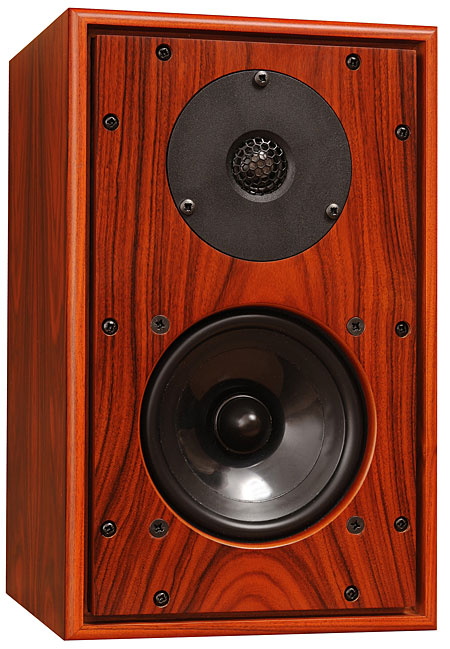This is a review, listening tests and detailed measurements of a vintage Rogers L3/5a monitor implementation licensed from BBC with the same name. It is on kind load from a member. New, it costs US $4895 a pair.
View attachment 328359
From the outside, there is nothing to distinguish this speaker from cheap bookshelves sold when it was manufactured. Back panel reveals no secrets either:
View attachment 328360
Owner kindly gave permission to leave the serial number on the picture for those of you who want to trace its lineage. Owner says it was manufactured between 1980 and 1987.
Searching for measurements, there are a few but are either old and crude, or have issues (e.g. stereophile measurements with incorrect bass response). So this test may be the first true measurement of this speaker.
Rogers LS3/5a Speaker Measurement
The grill can be removed but it wasn't easy to pull off so I tested with it on. From some reading I have done, speaker was designed with it being on to get rid of edge diffraction and such. Let's see the anechoic measurement:
View attachment 328361
Well, that is no good. Bass response is clearly wrong. It is uneven and low in level. We also have a pronounced resonance which one manufacturers of these clones claimed was due to age. I have seen the same in just about every measurement of this speaker so that doesn't sound right. It seems like "bog standard" woofer resonance due to it being used outside of its linear range:
View attachment 328362
Early window and predicted in-room response predictably don't look nice:
View attachment 328363
View attachment 328364
Owner didn't want me to stress the speaker and asked for distortion at 76 and 86 instead of my normal 86/96 dBSPL @ 1 meter:
View attachment 328365
View attachment 328366
The peak in distortion around 1.5 KHz is another reason to have crossed over the woofer earlier although it is unknown if the tweeter could handle that better.
Directivity is quite rough in horizontal axis:
View attachment 328367
View attachment 328368
Vertically you better point the tweeter at your ear:
View attachment 328369
Waterfall shows clear resonance:
View attachment 328370
Step response shows an odd discontinuity in the woofer response which may be due to that resonance:
View attachment 328371
Edit: forgot the impedance plot:
View attachment 328375
Rogers LS3/5a Speaker Listening Test and EQ
Due to low bass output, overall sensitivity is quite low requiring cranking up the amplifier volume. Once there, my first female track didn't sound awful but was rather bright and somewhat rough. Filling in the bass hole completed the tonal range for vocals proving efficacy of our measurement. I then corrected a few other issues and fine tuned to get this:
View attachment 328372
Not only was the speaker much more balanced sounding, it also had more clarity. Those resonances were sure hiding detail and ambiance in the music. That last notch filter at 5 kHz was barely audible but the rest were much needed.
Once there, I was impressed with the volume this little speaker could produce and the large halo of sound it created in may admittedly very large space. I could imagine listening to two of them would have been more satisfying.
Conclusions
Much of what I read from companies who have cloned the BBC LS3/5a is around replicating components. Measurements seem to be an afterthought. That is the wrong way to do this as I could care less what components are used. If you want to replicate the old speaker, replicate its audible frequency response. That, is what we listen to, not what the parts do.
Now, it is possible the old BBC had the problems we see here in which case, why reproduce a faulty product and charge so much for it? It makes no sense to me. Get a proper speaker if your goal is enjoyment of music. The history is not going to pay the bills there.
I can't recommend the Rogers LS3/5a speaker/monitor. If you have it, a bit of filtering does it a lot of good, bringing the sound into hi-fi category.
------------
As always, questions, comments, recommendations, etc. are welcome.
Any
donations are much appreciated using
: https://www.audiosciencereview.com/forum/index.php?threads/how-to-support-audio-science-review.8150/

